
The first coffee harvest of the season has just begun in the area I stayed in so I thought this would be a good time to talk about where coffee comes from.
Before meeting my partner I had little idea of where coffee came from. Of course I had some vague idea that it is often grown in Latin America or Africa, and sometimes bought whole beans to grind at home, but beyond that I don’t think it had ever really occurred to me to wonder how I ended up with a delicious cup of coffee.
Coffee beans actually come from a bush-like coffee plant like these:
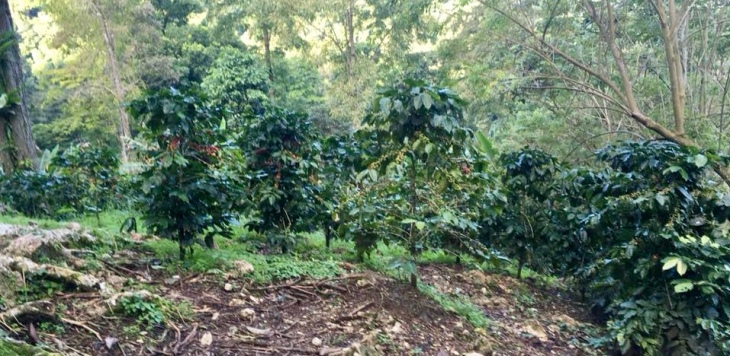
In Honduras, raw coffee beans are planted in dirt in plastic bags until they grow into big enough seedlings to plant in a field interspersed with trees and banana plants to provide shade from the hot and relentless summer sun. When the plants are around three years old they are mature enough to begin harvesting. Coffee plants produce pretty white flowers which then wilt and die as the coffee cherry is formed. The coffee cherries are initially green, then yellow, and then turn red when they are ready to harvest.

A healthy and mature coffee plant will usually give three harvests a year. Depending on the weather and altitude, harvest season in my area is typically September through March. Coffee here is harvested by hand, though in some parts of the world it is starting to be harvested by machine. Often entire families participate in the harvest and children as young as five years old go with their parents, grandparents, or other family members. The longest vacation from school, similar to summer vacation in the US, is during this harvest season from November through January. As coffee is picked it is placed into the picker’s basket or plastic container tied around the waist. If that fills up the coffee cherries are placed in a sack, and are later weighed. For those not working their own fields, workers are paid by the pound for the coffee they picked that day. Where I was, there are no large corporate fields. Many people have a relatively small piece of land (or various plots of land) and as each field matures those who aren’t working their own fields work their family members’ and neighbors’ fields.

The owner then hauls or pays someone to haul coffee in 100-pound sacks back to the owner’s home or to a location a little closer to the field (which is often much higher up the mountain from where the owner lives) where the coffee cherries are washed and processed through a special mill to remove as much of the fruit from the coffee beans inside the fruit. Below a photo of me hauling (much less than 100 pounds) coffee.

The milled beans are spread out in thin layers to dry. During rainy season (roughly May through November or December) this can be tricky since it rains frequently and there may be little to no sun for an entire month.

When the coffee is dried it still has a hull around the bean and looks like this:
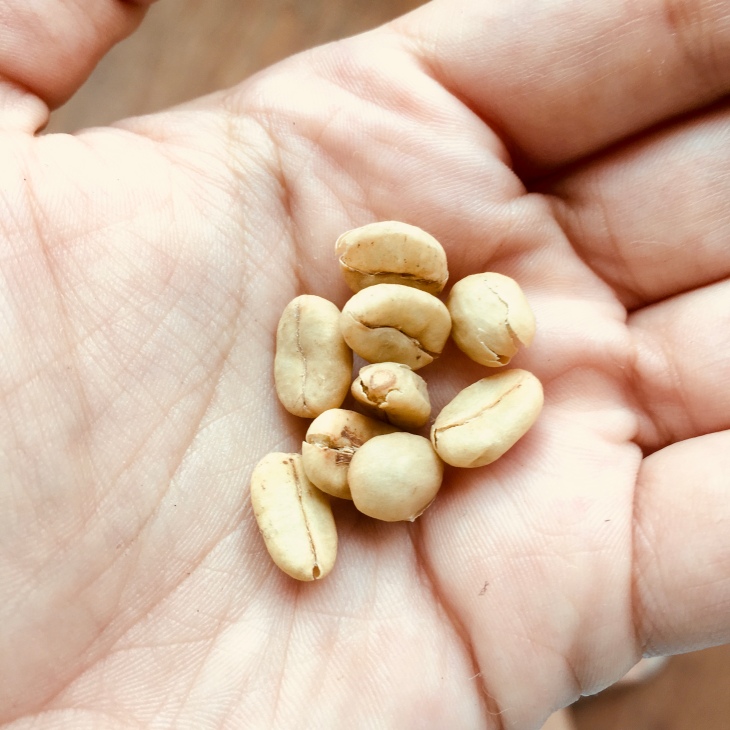
Some people roast their coffee with the hull still on, but the general consensus is that the flavor is much better if the hull is removed before roasting, and if the coffee is going to be sold it commands a higher price with the hull removed. The most common local method of removing the hulls is to first process the coffee through a corn mill to break and loosen the husks, then put the coffee in a plastic tub and shake to let the heavier beans fall to the bottom and blow the husks off the top of the pile. However there are many methods and one of the traditional ones is to pound the coffee beans in a giant mortar. Here I am earning putting coffee through the corn mill:
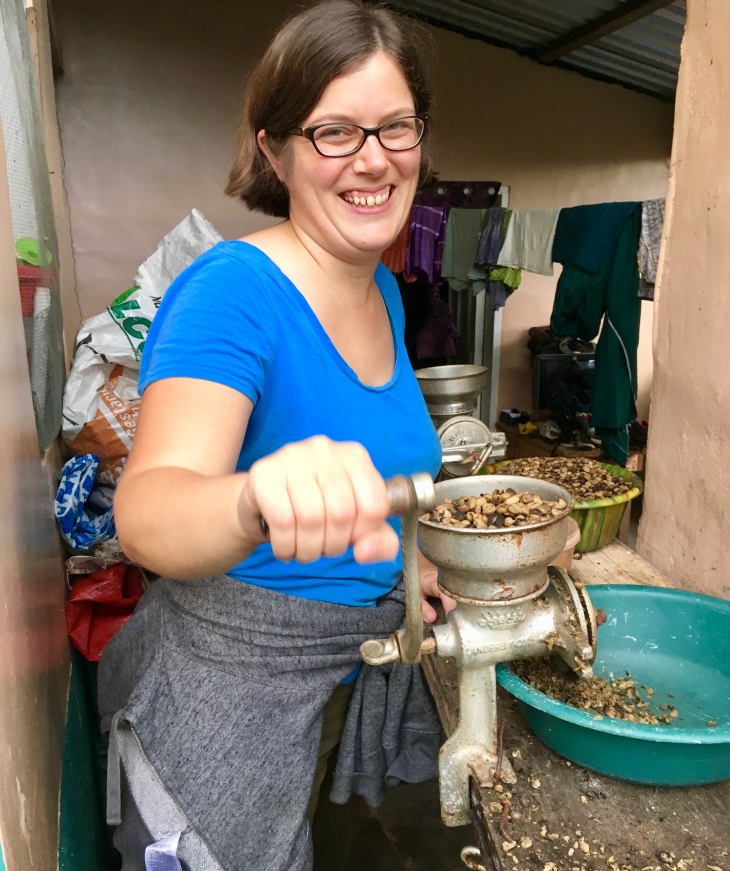
Milled coffee:
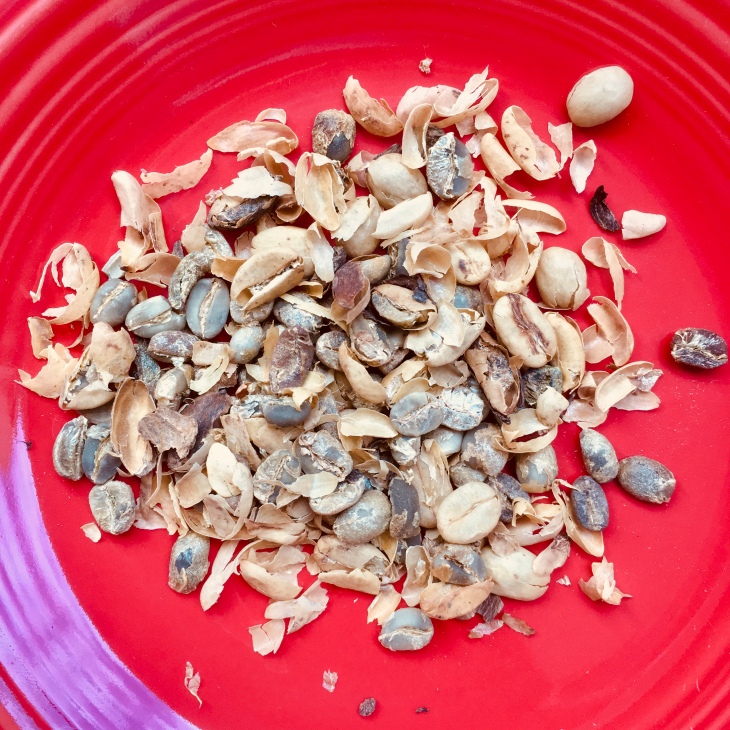
After the hulls have been removed you then have clean beans ready to roast:
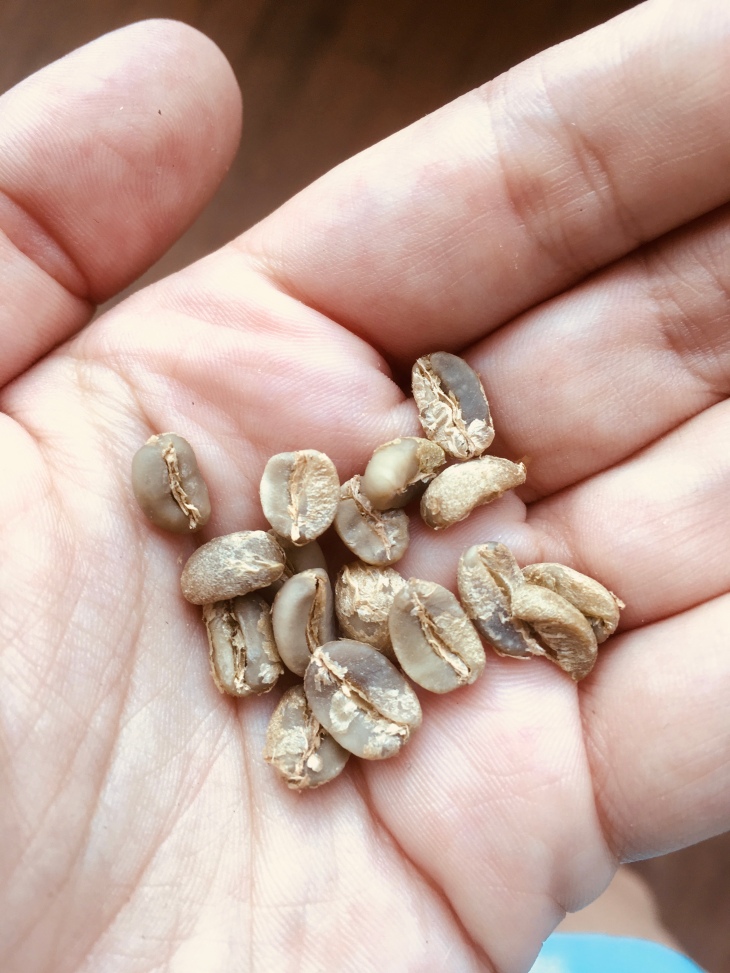
There are now many methods for roasting coffee. My father has a small roasting machine he uses at home in the US, but out here coffee is still roasted the traditional way: on a comal, or flat piece of metal on a wood-burning stove.

When I go to my friend’s house to roast (her coffee is delicious and she has been teaching me how to roast), she usually cooks everything she needs to for the first part of the day (rice, beans, tortillas) and then lets the fire die down to coals. This provides a low and even heat, and she checks the fire regularly over the next 2-3 hours to add just enough wood to keep the fire going. Meanwhile I move the beans constantly over the comal in order to roast them slowly and evenly, with anyone who happens to stop by occasionally giving me a break.
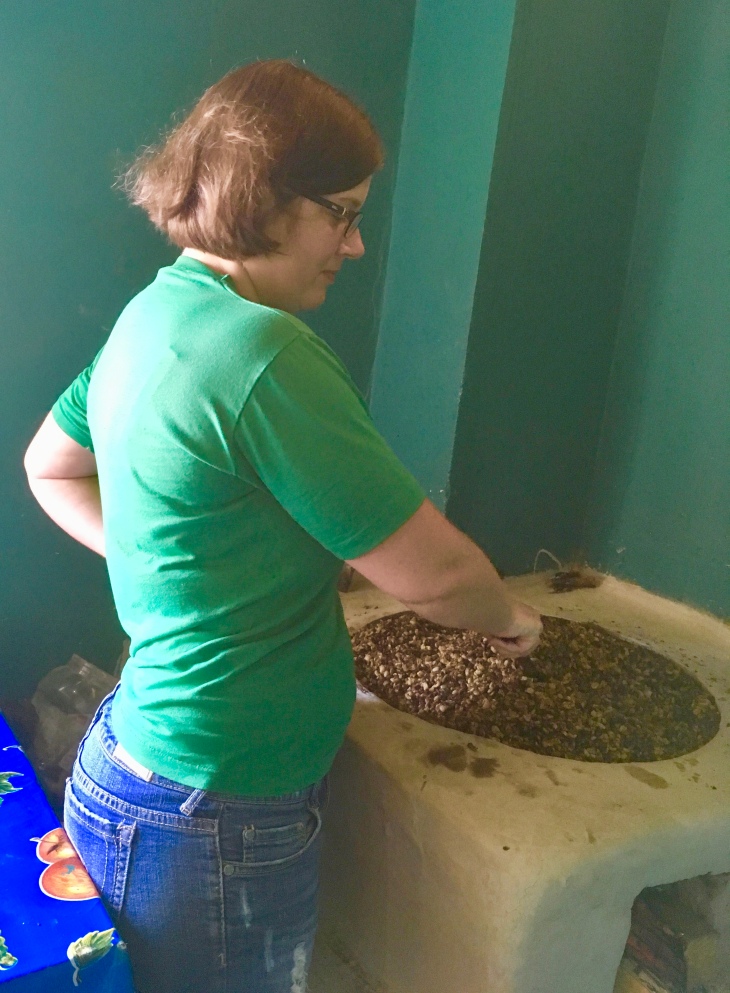
When the coffee is an even dark brown (typically about after two hours) the next phase of roasting begins.

It is at this stage that Hondurans, who love their coffee extremely sweet, first add sugar to their coffee (they will later add more just before drinking it). Under my friend’s guidance I add two pounds of sugar for every 5-6 pounds of coffee beans and a quantity of vegetable shortening. Over the next hour or so I continue to move the coffee constantly as the sugar caramelizes and is absorbed into the beans.
Now that the beans are roasted they are removed to a clean sack and spread out to cool. Meanwhile, we add pimienta gorda (allspice) to the comal to roast while we break up the cooling coffee which tends to form clumps as it cools due to the sugar. When the coffee is cool and the pimienta has begun to release its aromatic scent the coffee and pimienta is put through the corn mill again, this time ground more finely. For those who have grown up grinding corn and coffee this is no big deal, but even after several months of living in Honduras I had to switch out frequently with other people while grinding coffee.
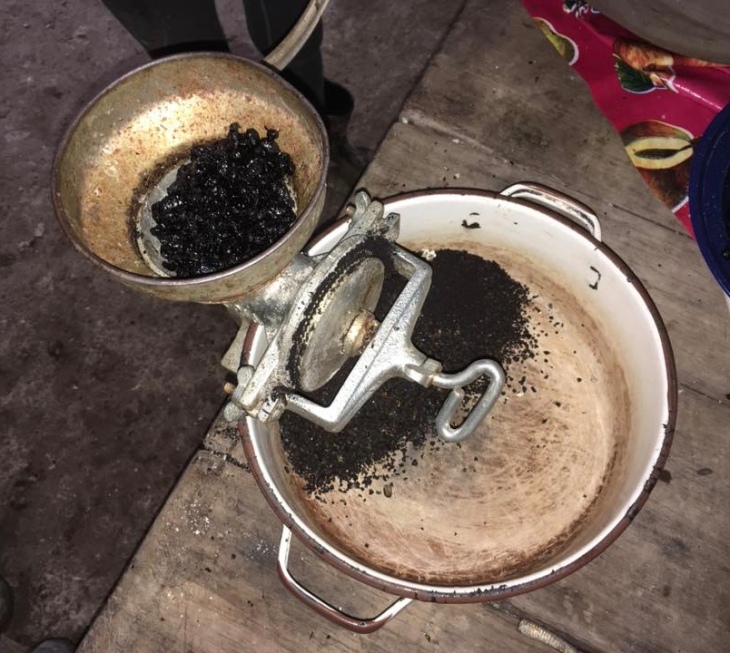
When they are ready to serve coffee it is then prepared by pouring hot or boiling water over the ground coffee in a cloth filter bag. The brewed coffee runs out of the bag and into the carafe or pot being used. Sugar is added to the pot and after it has dissolved the coffee is served out, ideally accompanied by sweet bread, cookies, or flour tortillas.
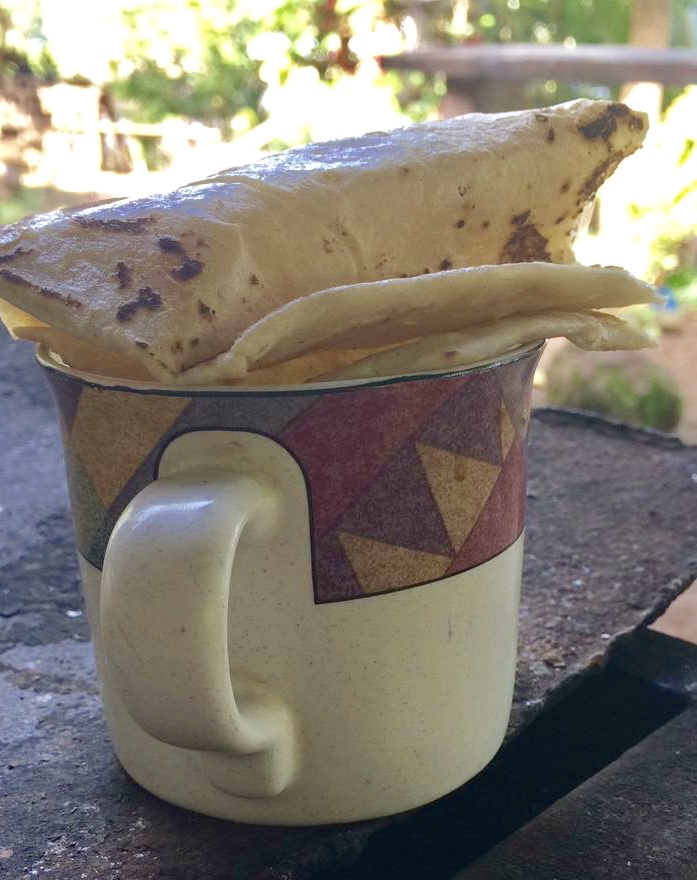


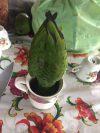
Great post 😁
LikeLike